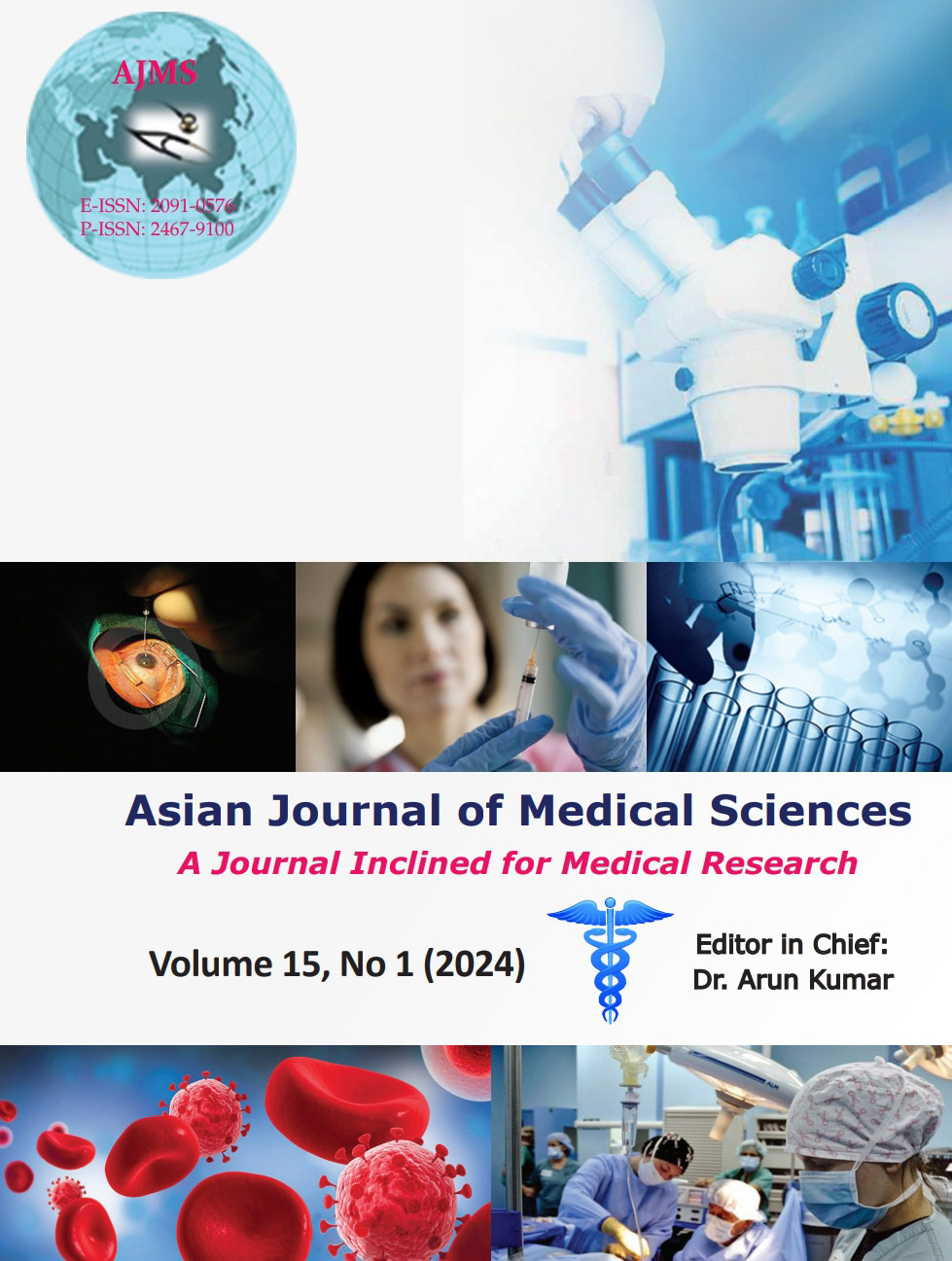Prevalence of extended-spectrum beta-lactamases producing isolates obtained from patients of pediatric critical care unit in a tertiary care hospital
Keywords:
Extended-spectrum beta-lactamase; Enterobacteriaceae; Antibiogram; Polymerase chain reactionAbstract
Background: Over the past decades, antibiotic-resistant Gram-negative bacteria commonly Enterobacteriaceae such as Escherichia coli and Klebsiella pneumoniae have increased significantly. These microorganisms have great clinical importance because they increase hospital stay of the patients in the intensive care unit (ICU) leading to high morbidity and mortality. Because of their role in increasing morbidity and mortality, this study was performed to isolate extended-spectrum beta-lactamase (ESBL) producing Gram-negative bacilli screened by phenotypical method and further projected into molecular characterization by polymerase chain reaction.
Aims and Objectives: The aims and objectives are to isolate the Gram-negative multidrug-resistant strains from clinically suspected bacterial infections in patients of neonatal, sick newborn, and pediatric ICU and to study antibiotic sensitivity pattern of isolated Gram-negative multidrug-resistant strains with special reference to molecular characterization.
Materials and Methods: A total of 100 Gram-negative bacilli were isolated. Screening of ESBL positivity was done by double-disk synergy test (combined disc test method). Their antibiogram profile was interpreted. With the use of designed primers, 26 ESBL isolates each of E. coli and Klebsiella spp. were processed for molecular analysis of beta-lactamase family genes TEM and CTX-M.
Results: Within the 100 samples, majority of the isolates (45%) were Klebsiella spp. and 40% was E. coli isolates. Highest ESBL-producing organisms were observed within E. coli (65%). Prevalence bla-TEM gene was highest followed by bla-CTX-M. These ESBL-producing organisms were found to be resistant to multiple classes of antibiotics. With extensive ESBL surveillance and proper usage of antibiotics, this threatening rise of antibiotic resistance can be mitigated.
Conclusion: Gram-negative isolates showed high resistance to commonly used antibiotics. Significant proportions of them were MDR strains. Such high antibiotic resistance is associated with significant morbidity and mortality among pediatric population. MDR along with possession of ESBL associated resistance genes among Gram-negative bacilli pose a serious problem in therapeutic management of patients. Our study signifies that there is a high probability of Gram- negative bacilli to be multi-drug resistant and ESBL positive and earliest detection of such cases should be made.
Downloads
Downloads
Published
How to Cite
Issue
Section
License
Copyright (c) 2023 Asian Journal of Medical Sciences

This work is licensed under a Creative Commons Attribution-NonCommercial 4.0 International License.
Authors who publish with this journal agree to the following terms:
- The journal holds copyright and publishes the work under a Creative Commons CC-BY-NC license that permits use, distribution and reprduction in any medium, provided the original work is properly cited and is not used for commercial purposes. The journal should be recognised as the original publisher of this work.
- Authors are able to enter into separate, additional contractual arrangements for the non-exclusive distribution of the journal's published version of the work (e.g., post it to an institutional repository or publish it in a book), with an acknowledgement of its initial publication in this journal.
- Authors are permitted and encouraged to post their work online (e.g., in institutional repositories or on their website) prior to and during the submission process, as it can lead to productive exchanges, as well as earlier and greater citation of published work (See The Effect of Open Access).




